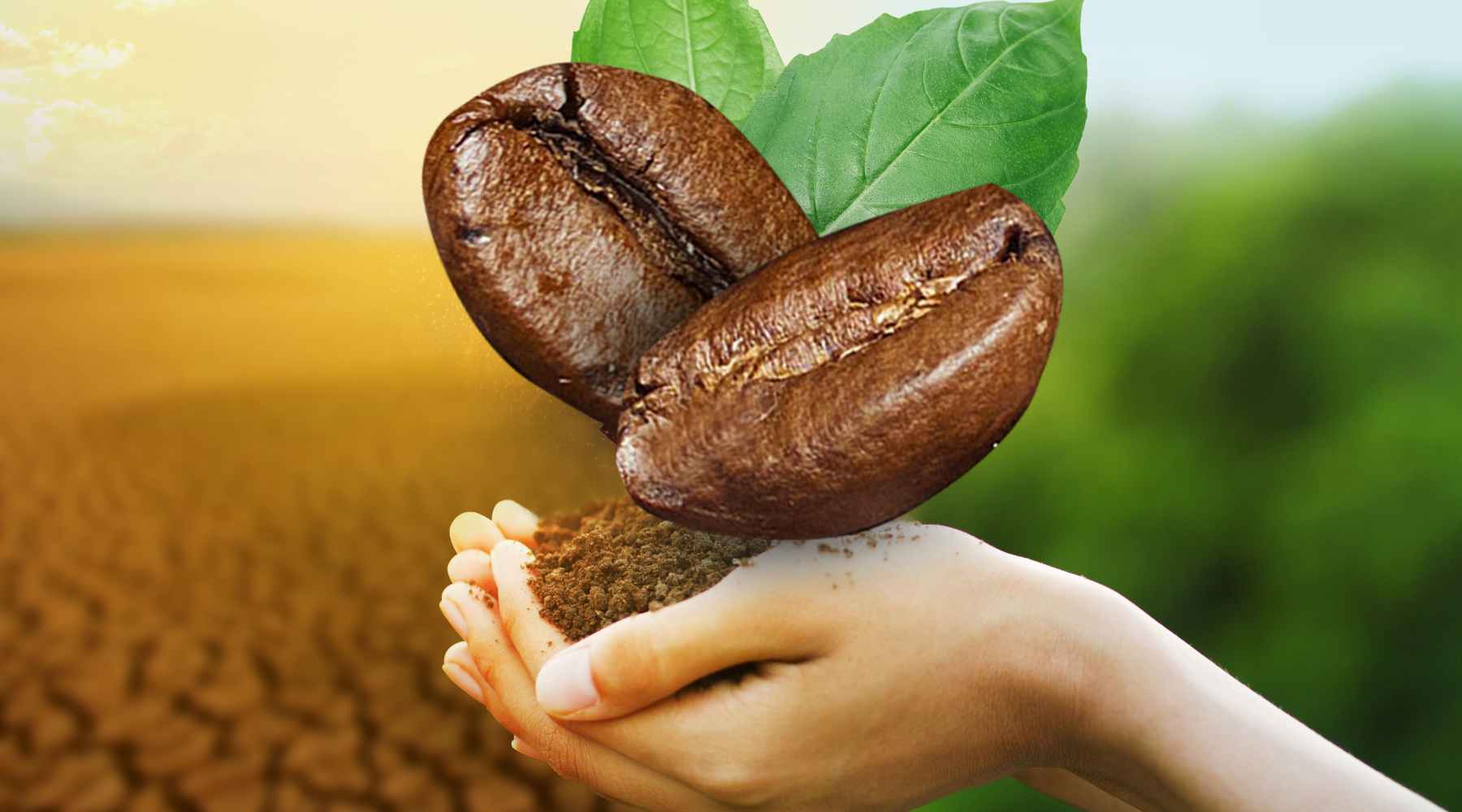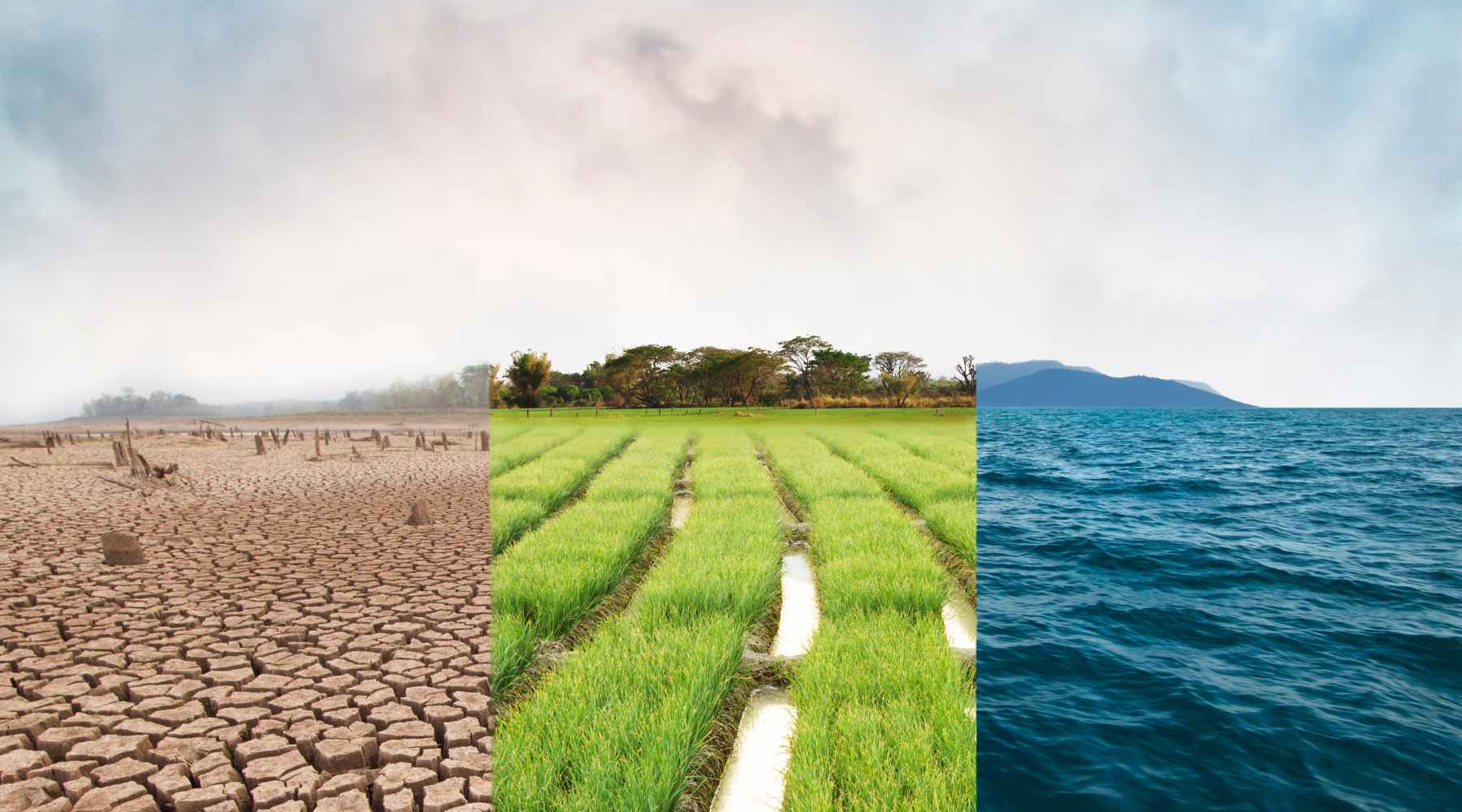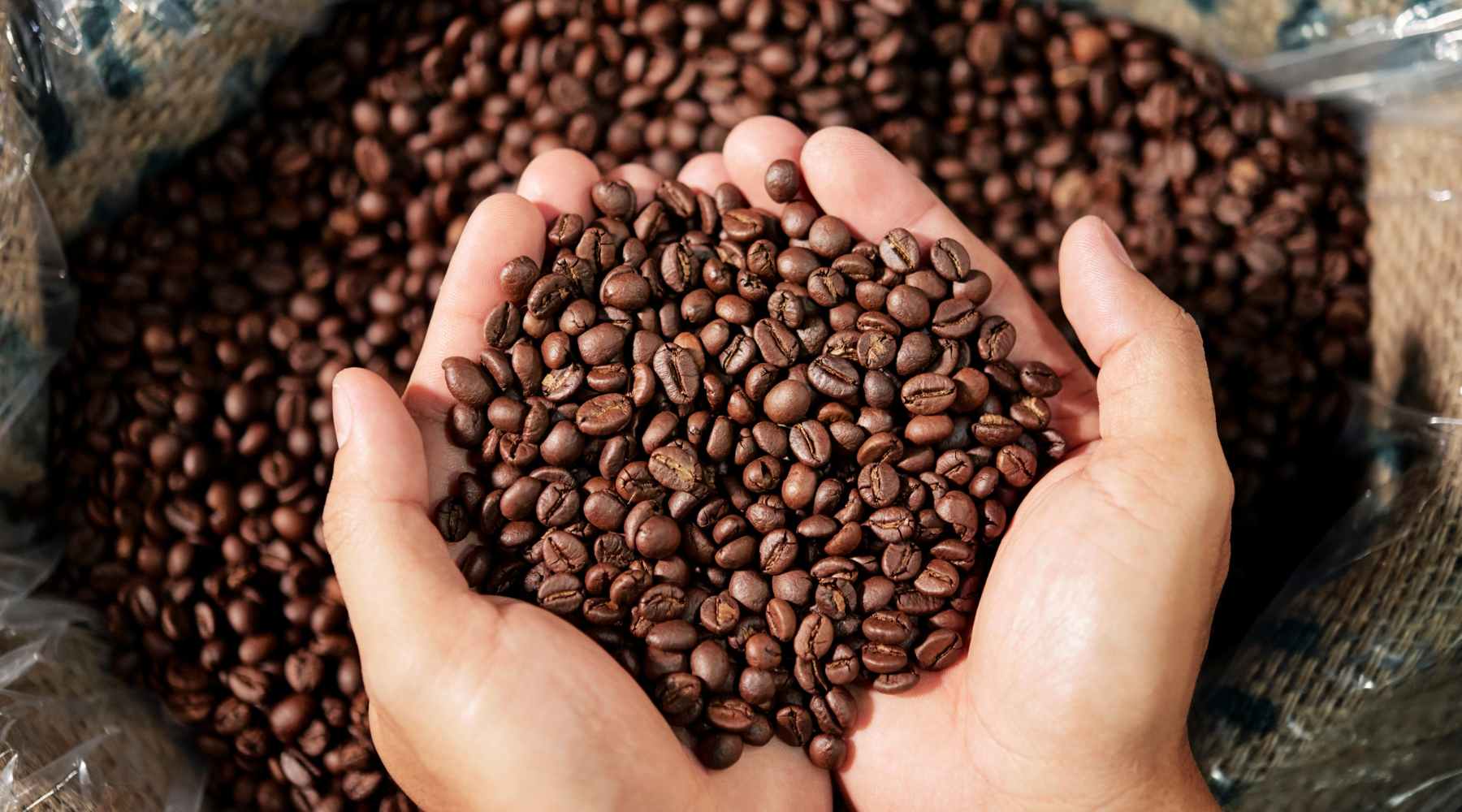Coffee and Climate Change: Adapting for a Sustainable Bean
Published Date:
There’s an ideal climate for coffee growing. It doesn’t just thrive anywhere!
Usually, coffee beans need warm temperatures with moderate rainfall. That’s the best climate for coffee. This weather is evident in the top 5 coffee-exporting countries, such as Brazil, Vietnam, Colombia, Indonesia, and Honduras.
But let’s shift focus back to the actual crop. Coffee beans are actually berries harvested from the shrub known as coffea. There are about 120 varieties of coffea but only 2 are widely circulated. You may have heard of them. They are the robusta and arabica! Just a little fun fact: 60–80% of the coffee consumption counts towards arabica while 20–40% falls to robusta.
Coffee Farming

The way coffee is grown has changed over the years. There used to be a time when they were grown under the shade of trees, hence the name "shade-grown coffee".
Nowadays, it’s more worthwhile to grow coffee under the heat of the sun on cleared land. When they’re exposed to the sun and planted in rows, the plants can grow at a faster rate. That said, unshaded coffee plants with a little fertiliser grow even faster.
As one can expect, higher and faster yields mean that there’s more coffee that can hit the shelves. And the fact that there’s no need to maintain crops under shade or set up any canopies is a bonus. This makes it very attractive for coffee manufacturers.
Impact Of Climate Change On Coffee Farming

What is the climate change impact on coffee production? Even though unshaded coffee growing is more popular, it isn’t necessarily always better. As you can see, growing coffee plants in rows requires clearing plots of land. This often involves cutting down trees. And it’s worth mentioning that deforestation is the cause of around 10% of global warming!
The benefit of shade-grown coffee is that it somewhat provides a habitat for many animals and insects around the area - a stark contrast to unshaded coffee plants. Since they can be grown under the shade of trees, there’s no need for chopping them down to make more space for farming land.
To maintain unshaded coffee plants, there would also be a need for pesticides. Aside from the more obvious greenhouse gas contribution, manufacturing large amounts of pesticides needs transportation, land allocation, and even energy. Sure there are more “planet-friendly” pesticides nowadays, but how likely are all these coffee farmers to grow their crops to the letter? We want to have faith in all of them. We really do. But some slip through the cracks!
We mentioned earlier how fertiliser helps with coffee growth. And it’s here we put the spotlight on synthetic, human-made fertilisers specifically. Believe it or not, these also contribute to greenhouse gas emissions. There’s a lot to unpack here, but we’ll try to simplify the best we can.
Fertilisers work because they absorb nitrogen. And one of the more mass-produced nitrogen-containing compounds happens to be ammonia. That itself is enough to have an impact on greenhouse gas emissions. If these ammonia-rich fertilisers don’t get absorbed by the plants themselves, they could just as easily get washed away.
Also Read - Coffee Culture Around the Word - Specialty Brews Beyond Borders
What Can We Do?

How do we minimise the blow of coffee production and climate change? You can always pick up your beans from reputable sources (like here at Portfolio Coffee).
What you’re looking for is farm-to-cup coffee. This can also be known as direct-trade coffee. This means that the quality of the coffee beans is kept to a high standard but, more importantly, it empowers the farms and cooperatives that do the actual growing of coffee.
These cooperatives and smaller farms know what it takes to grow coffee without making a large, negative environmental impact. After all, some of them live on the same plot of land where they grow their crops!
You can also pick up organic products. Organically grown coffee means that they are free from synthetic chemicals. So that means they aren’t sprayed with chemically-riddled pesticides and the like. While “organic” can never mean that they’re 100% free from chemicals, they still are the far better option.
Check Out - Sustainable Sipping: Eco Friendly Side of Specialty Coffee
The Coffee and Climate Change Connection

Now that you know how the two are connected, may we connect you to a reputable coffee source?
Portfolio Coffee is home to more than just coffee. You can find your favourites and have them ground specifically to your needs. What’s more, we’ve got loads of accessories to make your brewing easier and better.
But what if you’re not into coffee? Don’t worry, we’ve also got a full-stocked tea shop that’s waiting to be looked at. Click around and see for yourself!

 ALL
ALL


